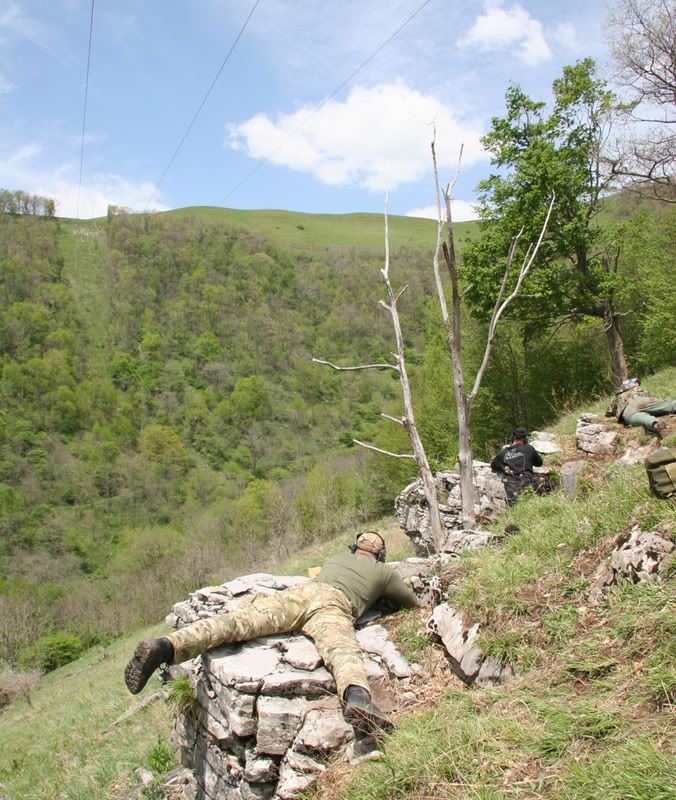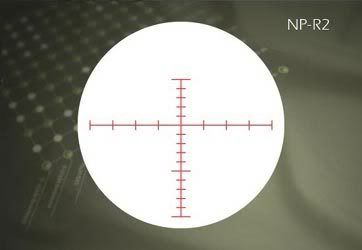Re: Which angular measurements MOAvMIL do you prefer?
Cory,
Many shooters on this board practice and employ the method of self spotting and correction. It is pretty common with the main stream shooters here who attend the various tactical competitions, classes, as well it is taught to the military sniper associated to this site.
Having worked many of the classes as well as being present at the competitions, it is not uncommon to have an individual take a shot, and before the person next to them, be it spotter or shooter is able to call out a correction, 9 out of 10 times you hear the shooter say, "I got it" followed shortly by his shot. In fact it is an invaluable tool.
A good example I have outlined below:
At the Spring ASC, a field course that requires the shooter to engage various UKD targets with a maximum of two shots, under field conditions, it helped me stay within the top 5. On one particular stage, a range was established, roughly 850 yards, at a steep angle up the side of the Allegheny Mountains, an angle correction was made and the shot was fired. I should note, lasers are not allowed and all ranges are determined using Mils or MOA only. The group I was shooting in was all in agreement we had established a solid range, and I proceeded to fire first. I fired, and saw my round impact over the target on this steep inclination angle. I was using a S&B with Mil Adjustments, so when I read the impact in the scope, I dialed what I saw in the reticle on the scope and followed up with a solid center hit. By properly lining up behind the rifle, and following through on my shot, I was able to see my shot at over 800 yards up the side of a mountain. here is an example of the terrain in which we shot, and the target up the mountain.

I also recommend you follow this link to the complete picture thread so you can get a better idea of the field conditions.
http://www.snipershide.com/forum/ubbthreads.php?ubb=showflat&Number=193578&page=2#Post193578
The target in the image is roughly 2 o'Clock from the dark green bush at the top of that ridge.
Regardless, looking at the conditions at this location, spotting your shots is not difficult and there really is no "dirt" or dust to fly, but if your position is right is can be done, is done and helps ensure a successful follow up shot.
I could have easily held under the target with the reticle, but I wanted to guarantee an accurate hold and hit to record this information, so I elected to dial my scope using my Mil adjustments which happen to match my P4 Mil Reticle.
As well you have to look to the original innovators of the Mil Dot scope and it's use, the USMC. They are currently employing scopes that not only have a GEN II Mil Dot reticle, but also use Mil adjusted turrets / scope. They could have easily said, that the scope will only adjust in MOA as they have for so many years.
The reason so many shooters on here are going to MOA Reticles and MOA adjustments is, Most scope in the US adjust in MOA, so they wanted a similar adjusting reticle and some people, because, exactly as you said, can tell you how big an objective is in inches want a reticle that is also in inches for easier range estimation. If you say, an object is 18" tall, and it subtends 4 MOA on the reticle it is therefore 450 yards away... if i did my math right, with that ease, they can the simply hold the reticle roughly 9 MOA high and fire, why because they already know their 450 yard dope is 9 MOA, and since their reticle is in MOA, for speed purposes they can simply hold that 9 MOA and fire. This also works the exact same way for Mils... so having the same units of measurement allows them to work without trying to figure where 9 MOA is on their Mil Dot Reticle.
We can address this in more detail, but I think I have rambled on enough for one night.








